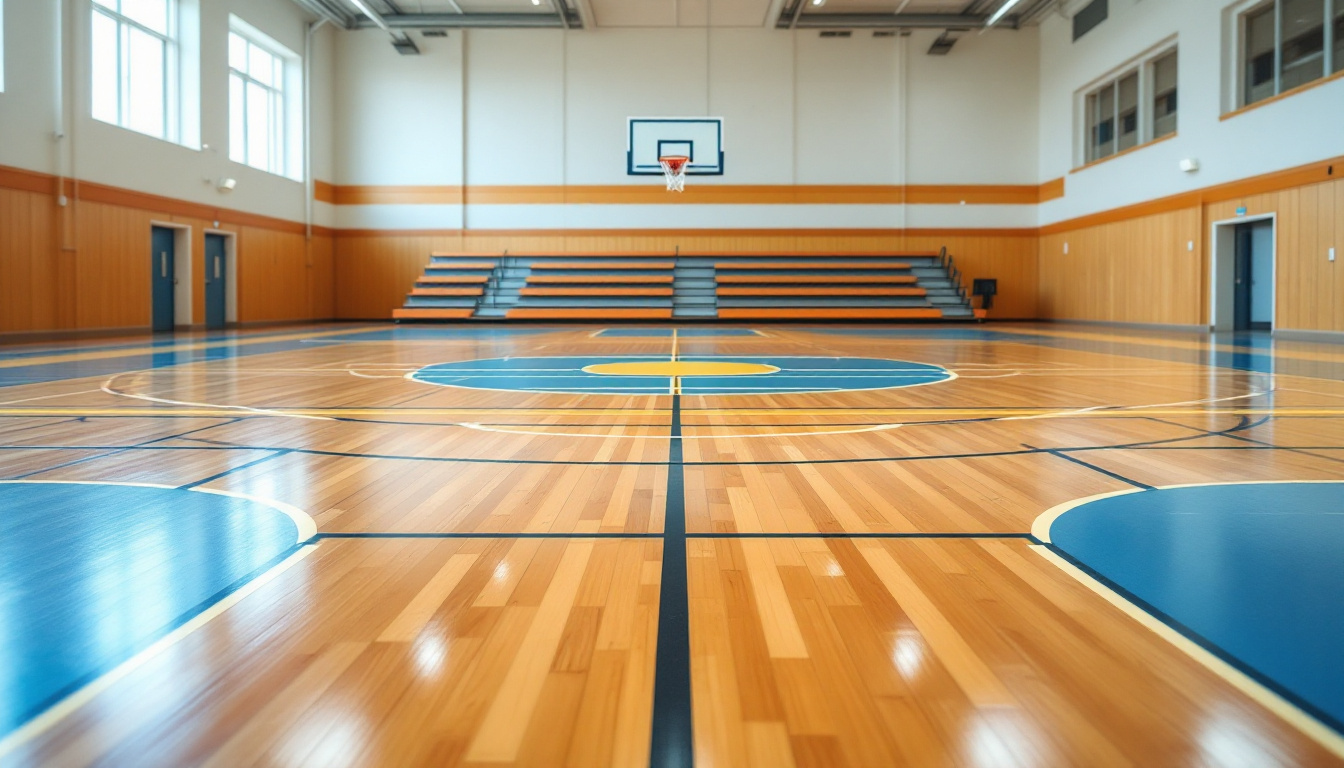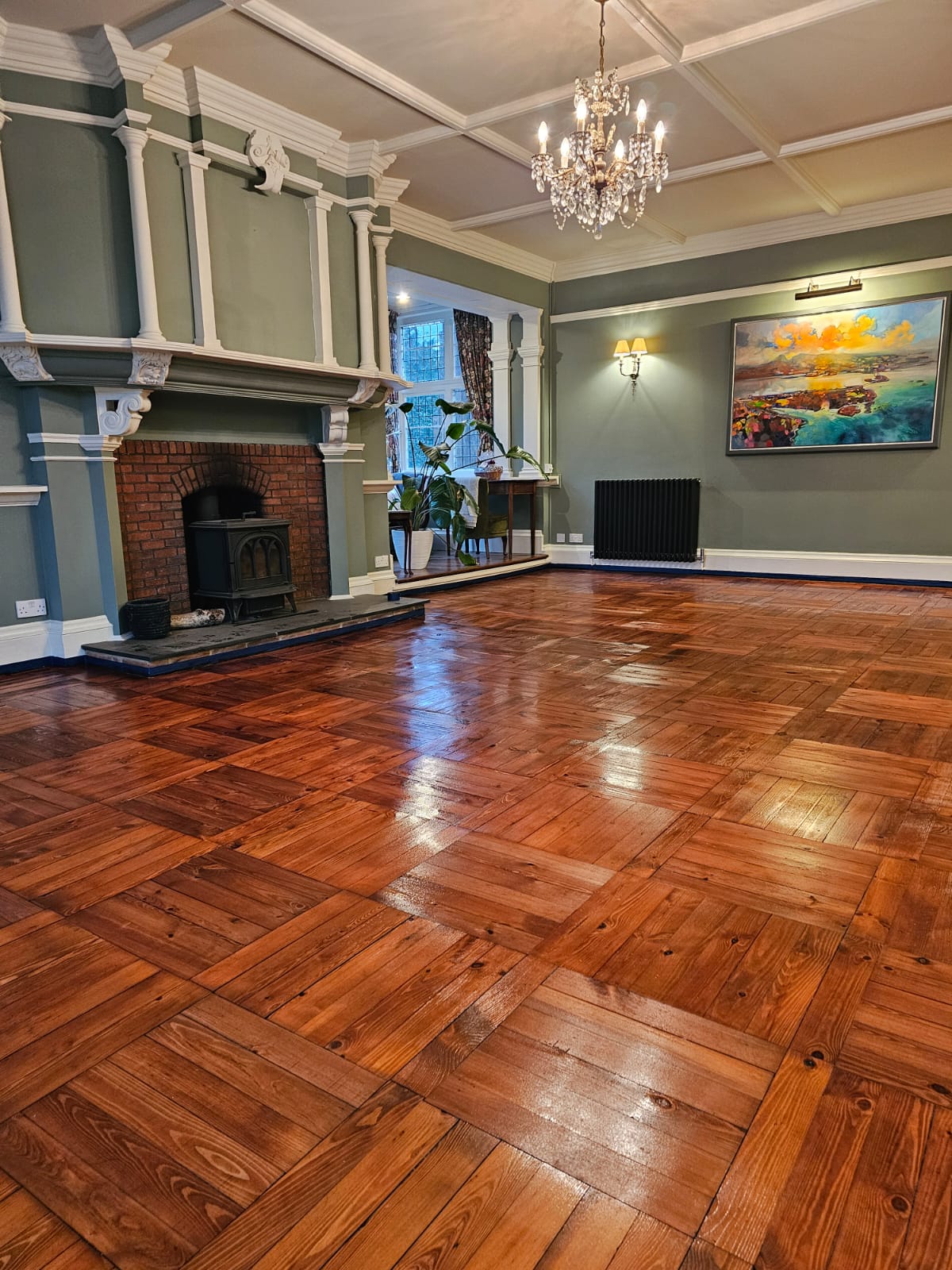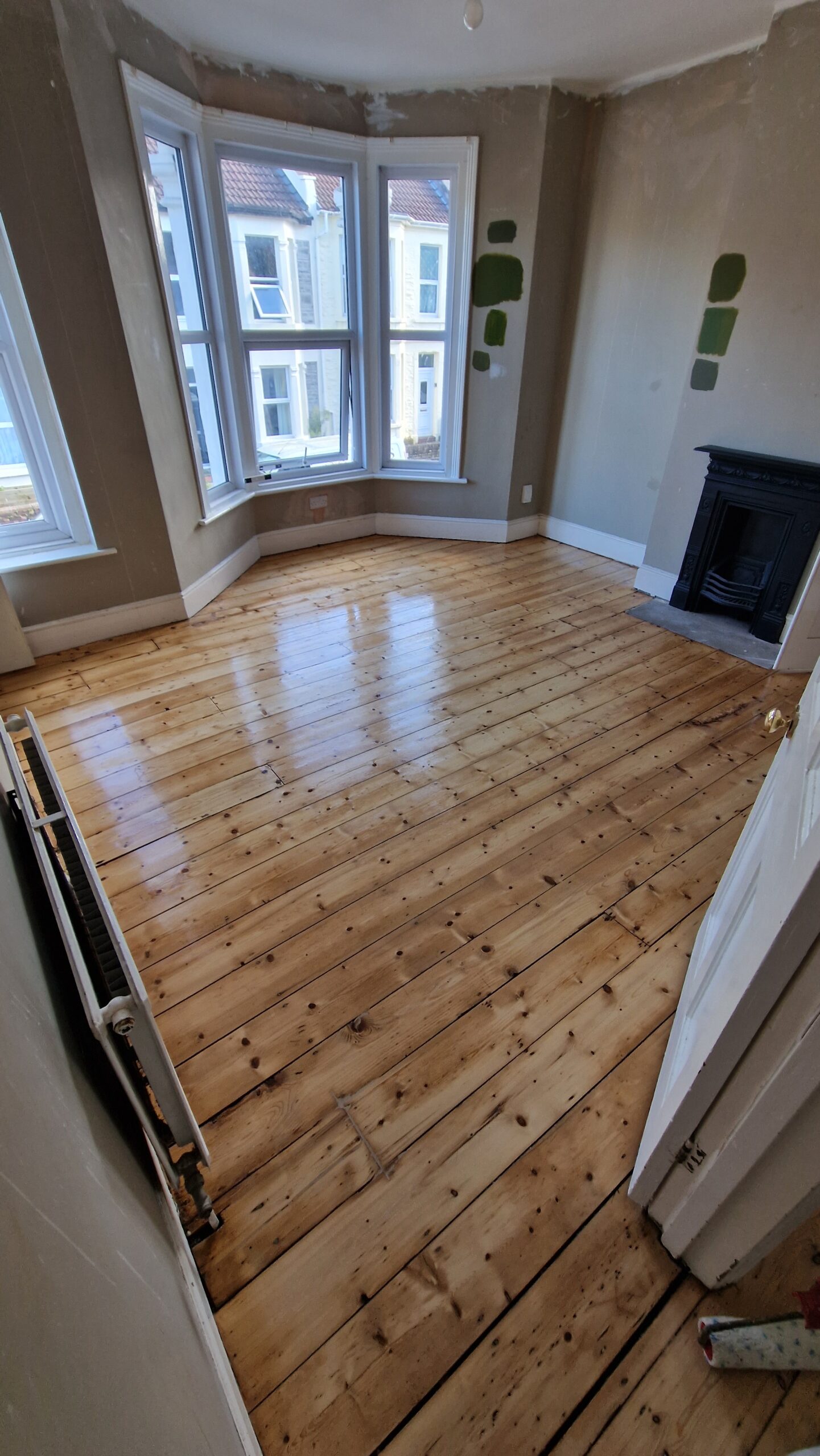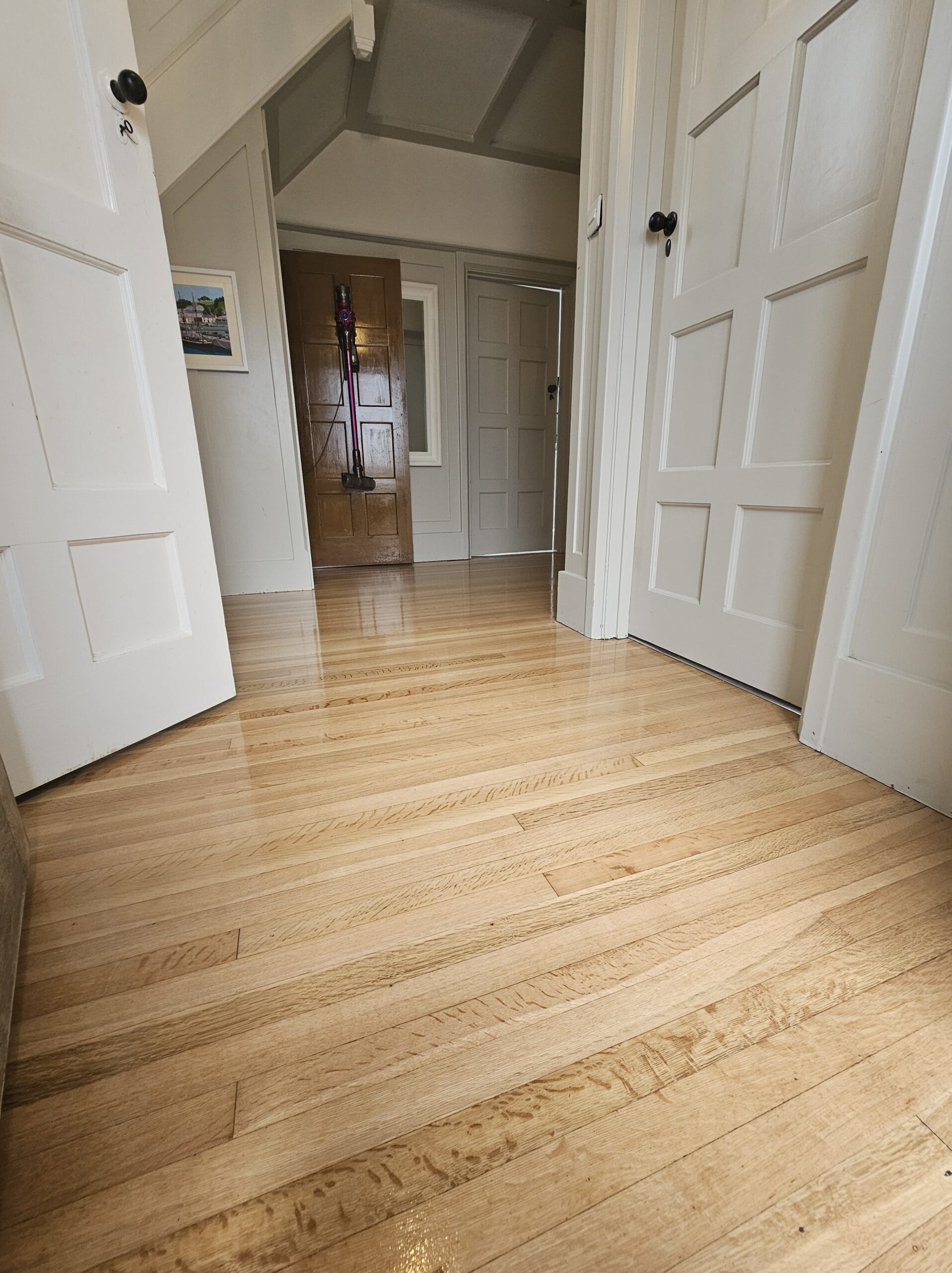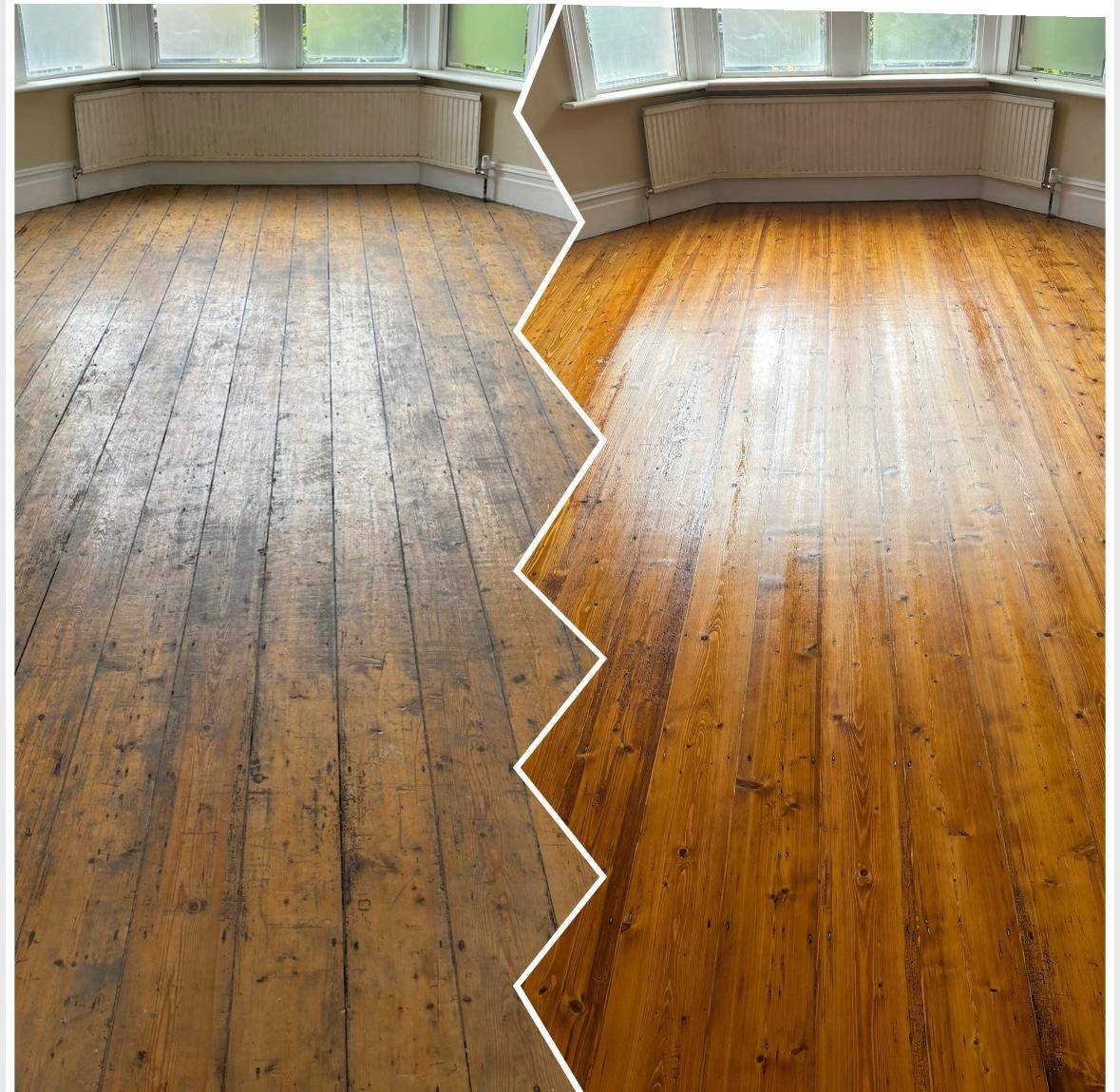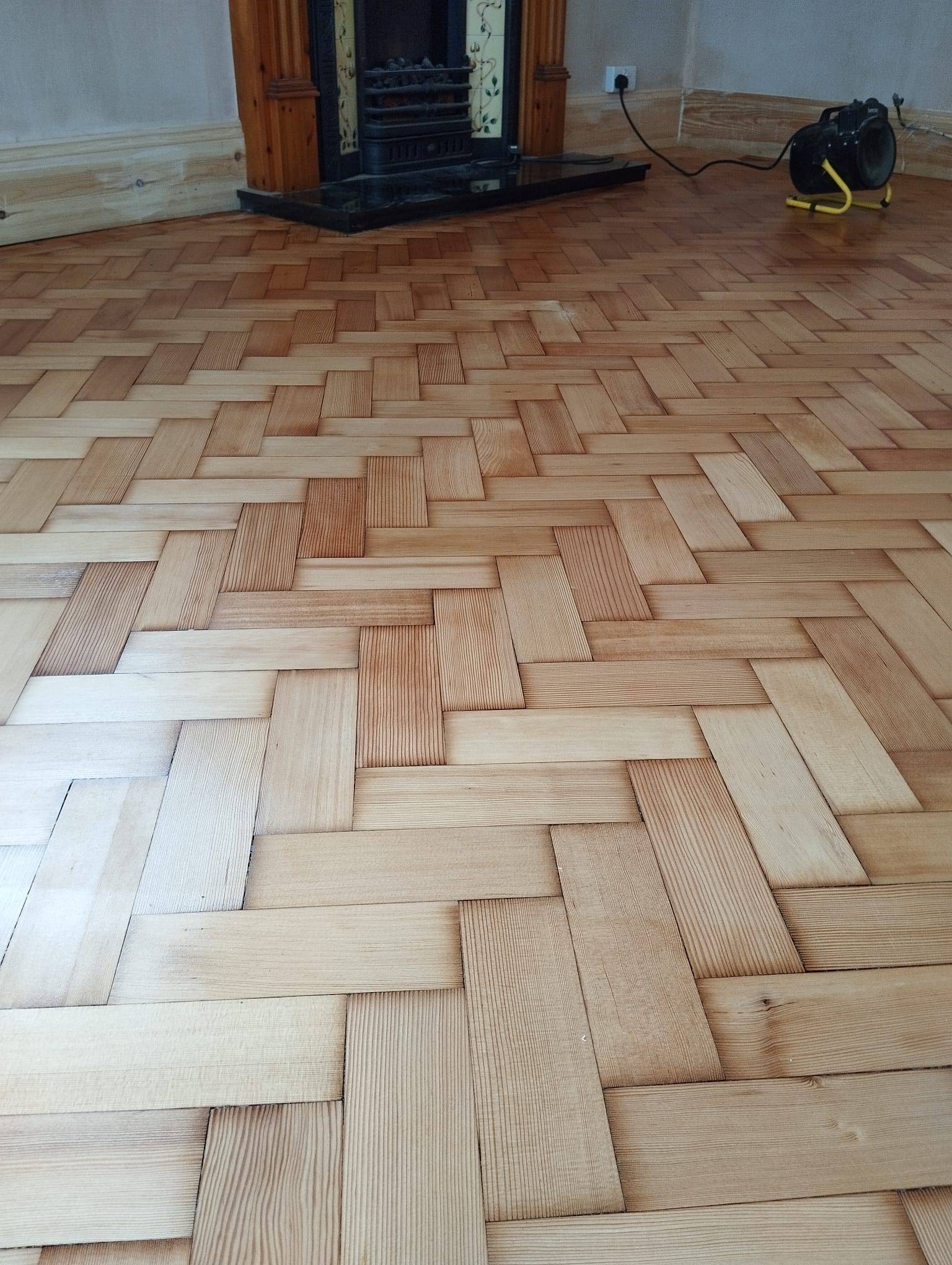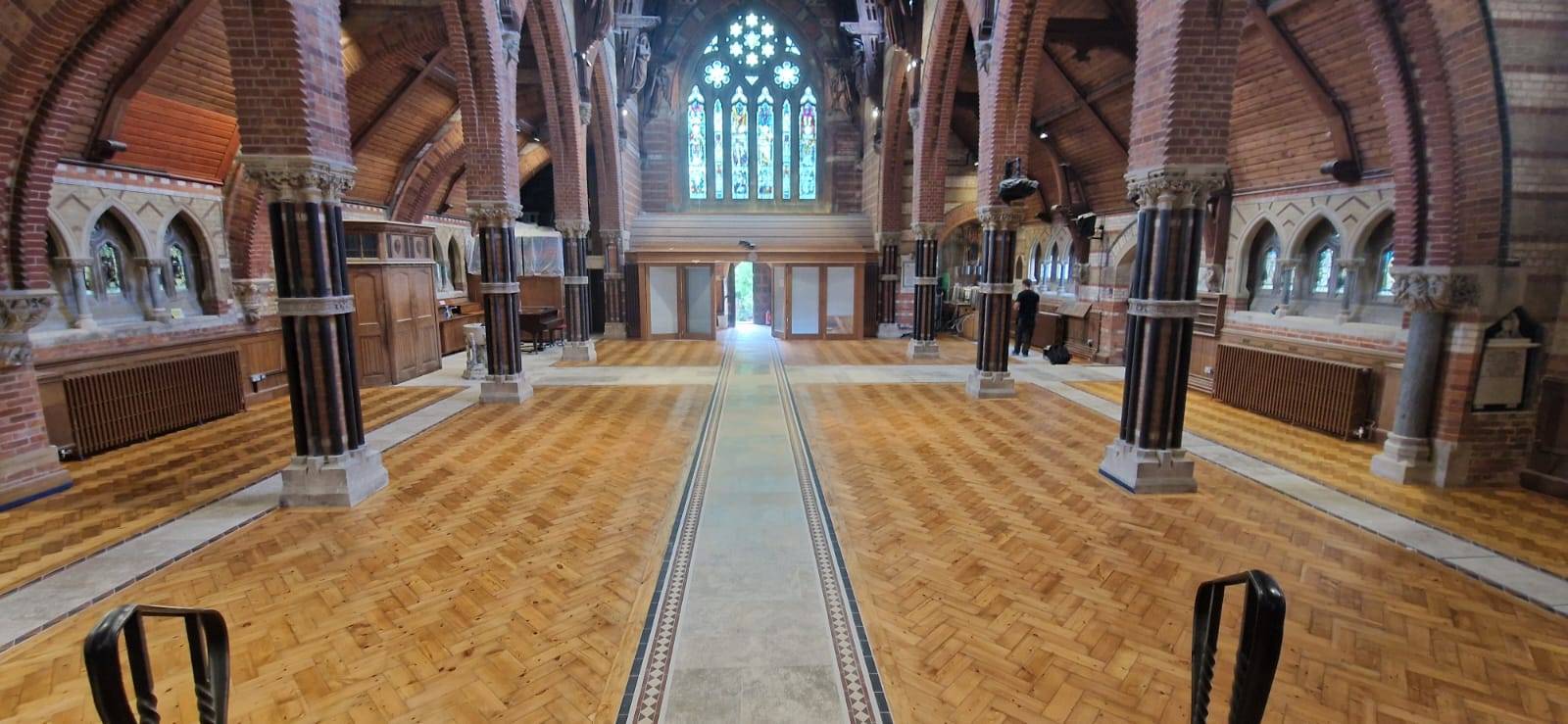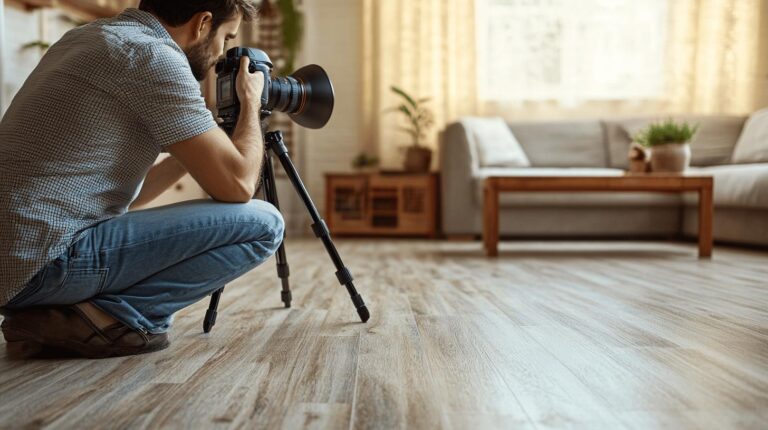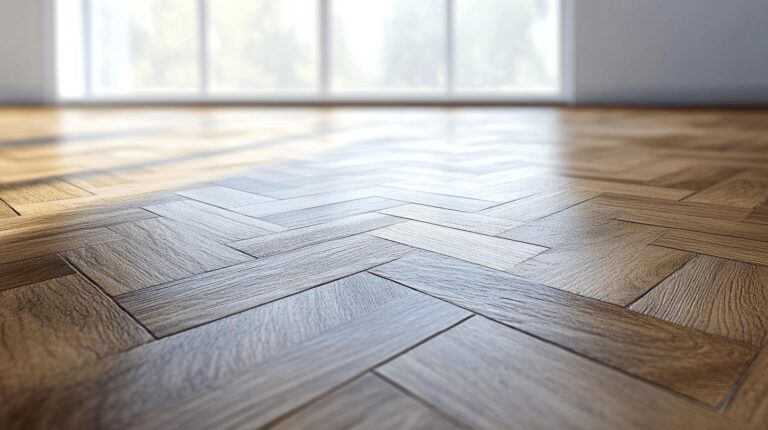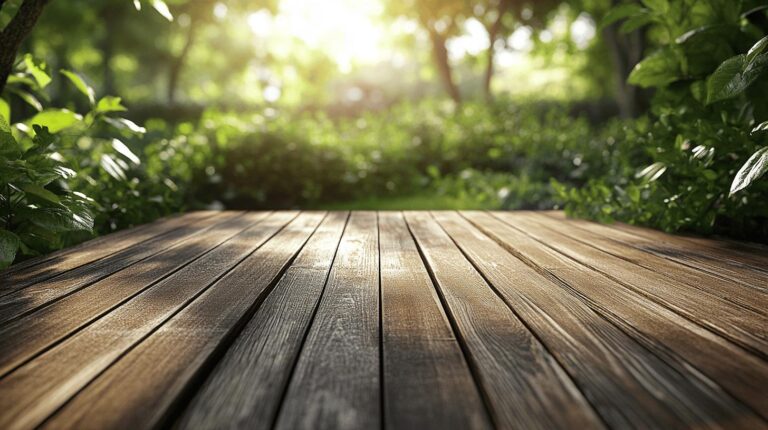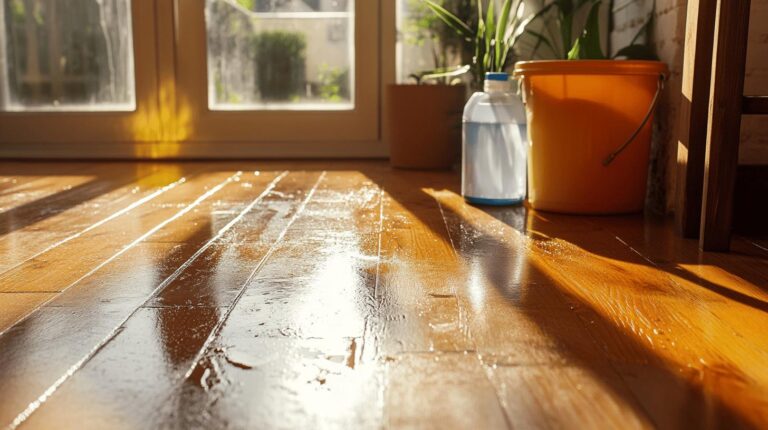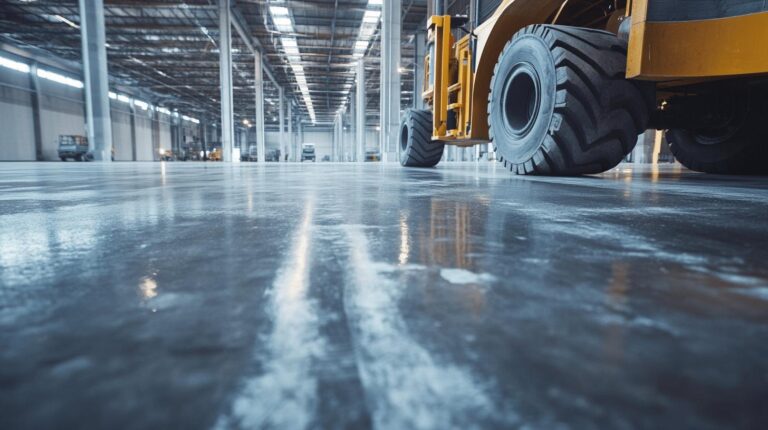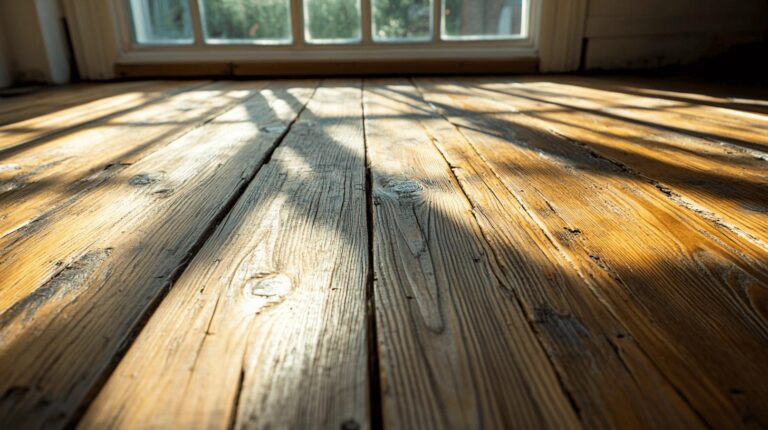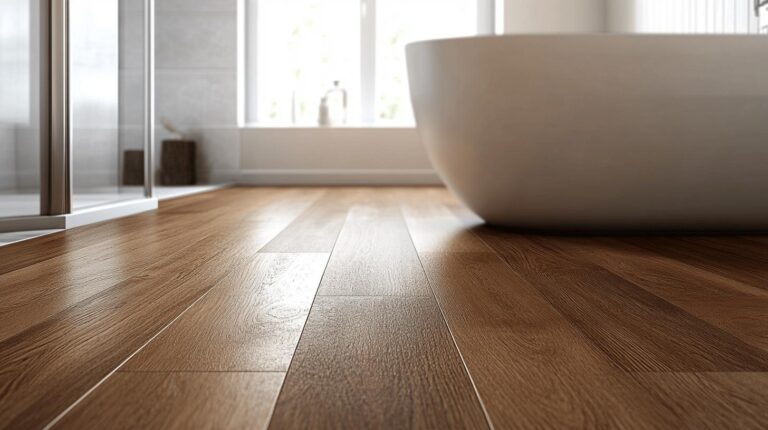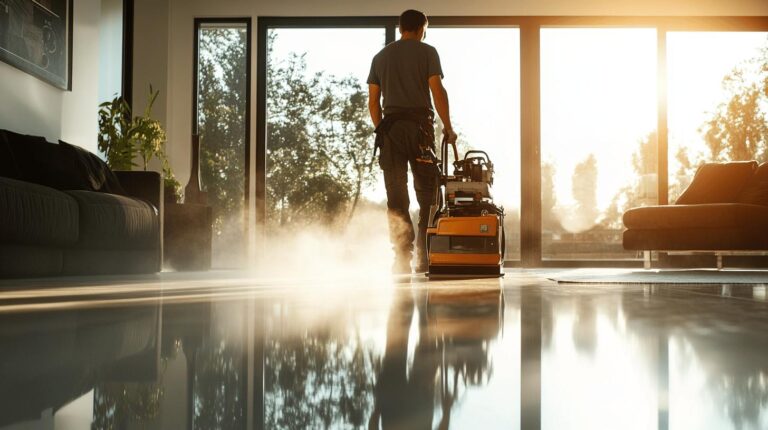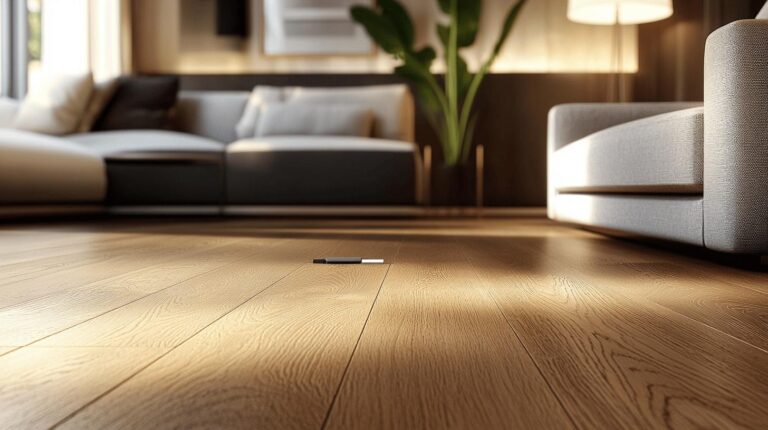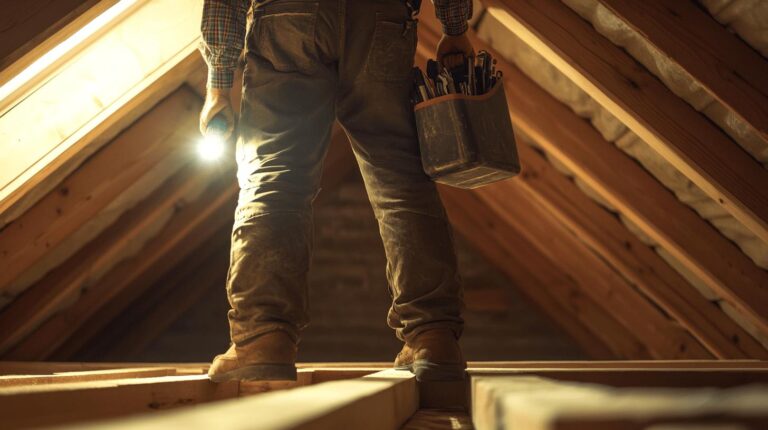Is your school gymnasium floor showing signs of wear and tear? The summer holidays present the perfect window for school gymnasium floor maintenance. With reduced foot traffic, it is a crucial period for undertaking necessary tasks like sanding, recoating, and potentially even replacing flooring. The key to success lies in strategic planning during this downtime, ensuring every maintenance priority is efficiently addressed. By developing a comprehensive and prioritised maintenance plan now, schools can sail smoothly through the rest of the year with minimal disruptions. Discover the essentials of planning for a successful summer maintenance schedule.
Strategic Planning for School Gymnasium Floor Maintenance During Summer
Summer presents an opportune moment for school gymnasium floor maintenance due to the significant reduction in gym usage. The absence of regular school activities and sports events provides the necessary downtime for comprehensive maintenance tasks that might otherwise disrupt school operations. During this period, schools can undertake essential procedures such as sanding, recoating, or even replacing sections of the gym floor. These activities are pivotal in preserving the floor’s integrity and ensuring it withstands the rigours of the academic year ahead.
Creating a well-structured and prioritised maintenance plan is crucial for addressing all necessary tasks efficiently during the summer break. This plan should begin with a thorough assessment of the floor’s current condition to identify specific needs. Tasks like sanding and recoating should be scheduled early in the summer to allow ample time for the floor to cure properly. Additionally, any potential repairs or replacements should be included in the plan to ensure all aspects of floor care are covered. By listing tasks in order of priority, schools can systematically tackle maintenance without overlooking any critical elements.
Strategic planning not only ensures comprehensive maintenance but also minimises disruptions during the school year. By completing these tasks over the summer, schools avoid the need for emergency repairs or maintenance during term time, which can lead to scheduling conflicts and interruptions in gym usage. Moreover, a well-maintained floor enhances safety and performance, providing students and staff with an optimal environment for sports and physical education activities.
Creating a Comprehensive Summer Maintenance Checklist
A well-structured maintenance checklist is essential for ensuring that all necessary tasks are completed efficiently during the summer break. With reduced gym usage, this period provides a unique opportunity to perform tasks that maintain the quality and safety of sports hall flooring. A checklist helps streamline the process, ensuring no crucial maintenance activities are overlooked. It also aids in delegating responsibilities, setting priorities, and tracking progress, making the entire maintenance operation more manageable and effective.
Daily Tasks:
- Sweeping to remove dust and debris
- Dust mopping to capture finer particles
Weekly Tasks:
- Deep cleaning with an auto scrubber for hardwood floors
- Inspecting for signs of damage or wear
Seasonal Tasks:
- Sanding and recoating to renew surface finish
- Repairing any cracks or gaps in the flooring
- Refinishing to enhance durability
- Checking and adjusting floor markings as needed
- Evaluating the condition of floor mats and accessories
Repairs and refinishing play a critical role in sustaining the gym floor’s condition. Addressing minor damages promptly can prevent them from escalating into significant issues that require costly repairs. Sanding and refinishing not only improve the floor’s appearance but also restore its protective layer, enhancing resistance against wear and tear. This process should be scheduled to allow adequate time for curing, ensuring the floor is ready for use when students return.
A comprehensive maintenance plan ensures the longevity and safety of the gymnasium floor. By adhering to a detailed checklist, schools can maintain the floor’s structural integrity and aesthetic appeal, providing a safe and high-performing environment for sports and physical education. This proactive approach reduces the likelihood of unexpected repairs and extends the floor’s lifespan, ultimately saving costs and resources in the long term.
Budgeting and Scheduling for Summer Floor Maintenance
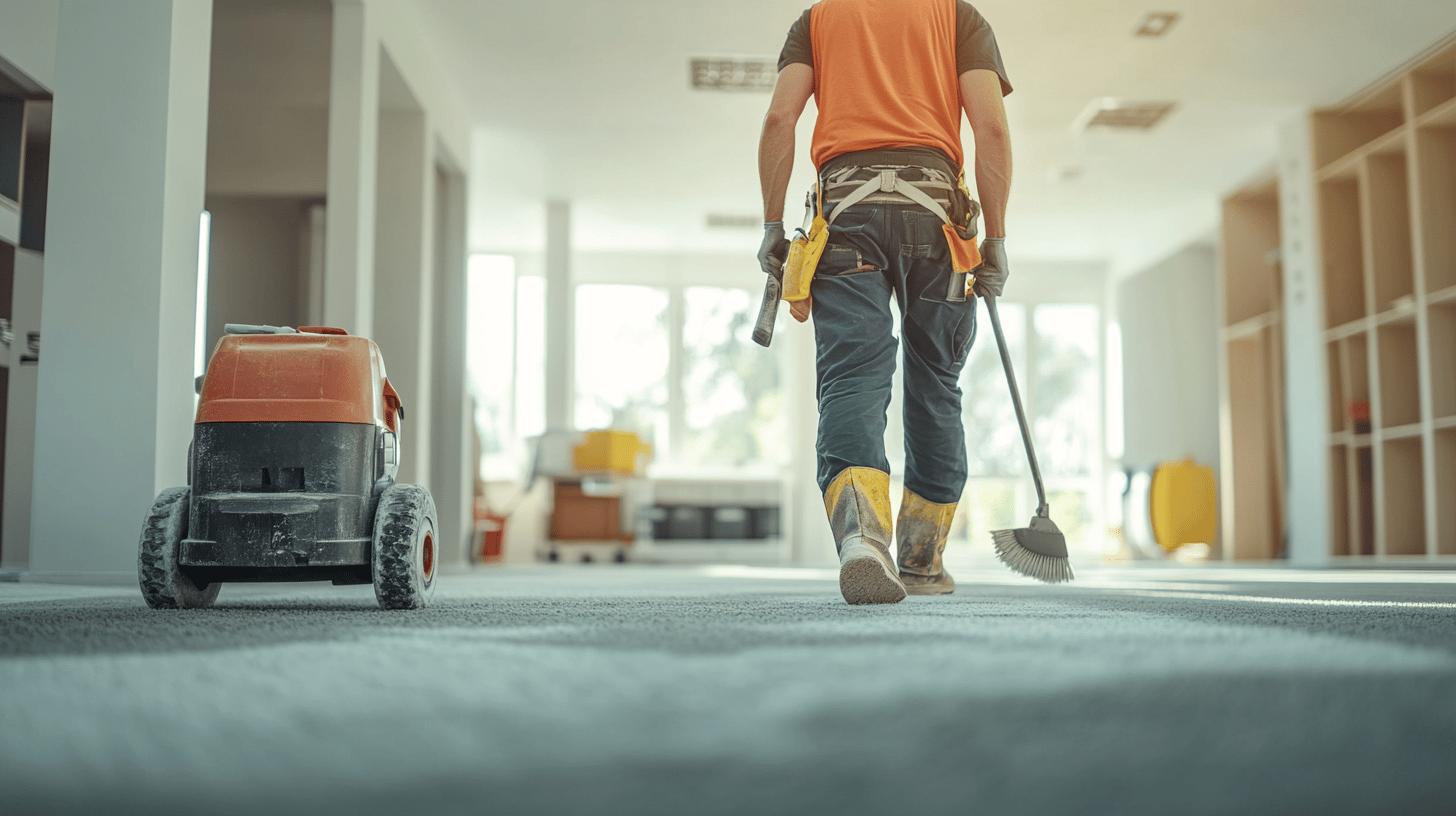
Effective budgeting is a fundamental aspect of maintaining gymnasium floors, as neglect can result in significantly higher costs over time. Allocating sufficient funds for regular maintenance helps prevent the degradation of flooring materials, which can lead to more extensive and expensive repairs or replacements. Schools should assess their current floor conditions and estimate costs for necessary tasks, such as sanding and recoating, to ensure that maintenance activities are both thorough and financially sustainable.
Strategic scheduling is equally important in the maintenance process, as it allows tasks to be completed efficiently within the summer break. By planning these activities during a period of reduced gym usage, schools can avoid disruptions to the academic calendar and ensure that floors are in optimal condition for the return of students. Scheduling should account for the time needed for each task, including curing periods for any coatings applied, to guarantee that the gymnasium is ready for use when required.
By implementing a well-planned budgeting and scheduling system, schools can achieve cost-effective maintenance while extending the lifespan of their gym floors. This proactive approach not only alleviates the need for emergency repairs but also ensures that resources are used efficiently, ultimately saving money in the long run. Proper planning and allocation of resources help maintain the quality and safety of the gymnasium floor, creating a reliable space for sports and educational activities throughout the year.
Essential Equipment and Safety Protocols for Maintenance
Selecting the right equipment is crucial for effective gym floor cleaning and maintenance. For hardwood floors, dust mops are indispensable as they efficiently capture dust and debris without scratching the surface. They are essential for daily maintenance to keep floors clean and reduce the accumulation of particles that can cause wear over time. For rubber floors, soft-bristled brooms are recommended. These brooms gently sweep the surface without damaging the material, ensuring the floor remains in optimal condition. In addition, auto scrubbers can be used for deep cleaning, particularly on hard surfaces, to remove ingrained dirt and stains.
- Personal protective equipment (PPE) must be worn at all times.
- Ensure proper ventilation when using chemicals.
- Follow manufacturers’ instructions for all cleaning products.
- Keep a first aid kit accessible in the maintenance area.
- Conduct regular safety training for maintenance staff.
Adhering to safety protocols is imperative to protect maintenance staff during gym floor upkeep. The use of personal protective equipment (PPE), such as gloves and masks, minimises exposure to potentially harmful substances. Proper ventilation is essential when using chemicals to prevent inhalation of fumes. Compliance with these protocols not only ensures the well-being of staff but also contributes to a safer and more efficient maintenance process, ultimately preserving the gymnasium floor’s quality and longevity.
Eco-Friendly Practices and Innovations in Floor Maintenance
Adopting eco-friendly practices in gym floor maintenance offers numerous benefits, including reducing the environmental impact and promoting healthier indoor air quality. Using non-toxic cleaning agents is a simple yet effective step towards achieving these benefits. These agents minimise harmful chemical residues and emissions, ensuring a safer environment for students and staff. Additionally, energy-efficient maintenance equipment not only lowers energy consumption but also reduces operational costs. Recycling old flooring materials is another sustainable practice that helps conserve resources and minimise landfill waste.
- Smart sensors for real-time floor condition monitoring
- AI-driven maintenance planning for optimised scheduling
- Use of biodegradable cleaning products
- Implementation of water-saving cleaning technologies
These innovative techniques contribute significantly to both sustainability and efficiency in gym floor maintenance. Smart sensors provide valuable data that helps preempt maintenance needs, thereby preventing potential damage. AI-driven planning facilitates a more strategic approach to scheduling maintenance tasks, ensuring optimal use of resources and time. Incorporating biodegradable cleaning products ensures that cleaning processes have a minimal environmental impact, while water-saving technologies help conserve a vital resource. Together, these practices not only enhance the longevity and performance of gym floors but also align maintenance efforts with broader sustainability goals.
Expert Tips and Case Studies for Successful Maintenance
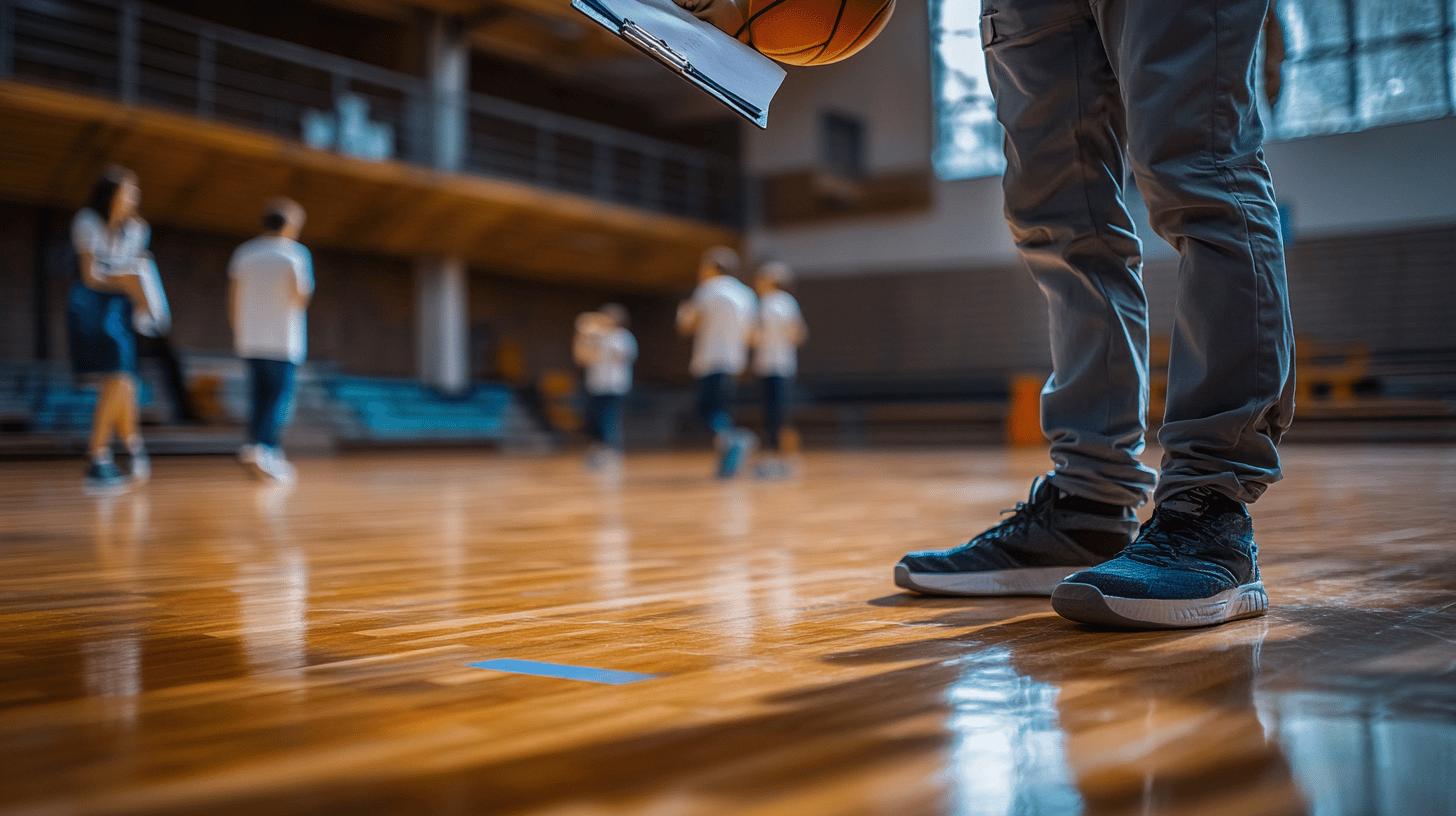
Expert guidance is invaluable when it comes to maintaining school gymnasium floors effectively. Professionals in the field bring a wealth of knowledge and experience, helping schools implement best practices that ensure the longevity and safety of their flooring. Their insights can lead to more efficient maintenance routines tailored to the specific needs of a gymnasium environment, ultimately saving both time and resources.
Regular maintenance checks are a critical component of any flooring care routine. These checks help identify potential issues before they become significant problems, preventing costly repairs or replacements. By scheduling routine inspections, schools can address wear and tear promptly, ensuring the floor remains in optimal condition. This proactive approach not only extends the floor’s lifespan but also enhances safety and performance for all users.
A case study from a secondary school in Leeds provides a compelling example of successful gym floor maintenance. The school implemented a bi-annual inspection schedule combined with a detailed cleaning regimen. By using non-toxic cleaning products and conducting minor repairs during each inspection, the school maintained the floor’s integrity without the need for extensive renovations. This approach resulted in lower maintenance costs and improved floor performance, demonstrating the effectiveness of strategic planning and regular upkeep.
For schools seeking professional assistance, Ryan’s Restoration offers expert services tailored to gymnasium floor maintenance. Their comprehensive approach includes regular inspections, cleaning, and restoration services, providing a complete maintenance solution. By learning from real-world examples and leveraging professional expertise, schools can optimise their maintenance strategies, ensuring their gym floors remain safe, durable, and visually appealing for years to come.
Final Words
Implementing strategic planning for school gymnasium floor maintenance during summer ensures that crucial tasks such as sanding and recoating are effectively addressed. A comprehensive checklist covering daily, weekly, and seasonal tasks enhances floor longevity and safety.
Budgeting and scheduling maintain financial prudence and streamline maintenance activities while the right equipment and adherence to safety protocols safeguard both staff and floors. Eco-friendly practices and innovations in floor maintenance contribute to environmental sustainability and task efficiency.
Expert tips and case studies further guide successful maintenance strategies. Utilising the School Gymnasium Floor Maintenance: Summer Holiday Planning Guide can lead to seamless upkeep and an enhanced athletic facility for students year-round.
FAQ
What is the best time for school gymnasium floor maintenance?
Carrying out maintenance during the summer is ideal as gym usage is reduced. This allows for essential tasks like sanding, recoating, or even replacement with minimal disruption to school activities.
Why is a prioritised maintenance plan important for gym floors?
A prioritised maintenance plan ensures that all areas are efficiently addressed during the summer break. Tasks such as sanding and recoating are planned in advance, minimizing disruptions once the school year resumes.
How can a comprehensive summer maintenance checklist benefit gym floor upkeep?
A comprehensive checklist provides clear, structured guidance, including daily, weekly, and seasonal tasks. This ensures systematic upkeep, prolonging the floor’s longevity and ensuring safety and high performance year-round.
Why is budgeting crucial for summer floor maintenance?
Budgeting allows for effective resource allocation, avoiding higher costs from urgent repairs due to neglected maintenance. It helps in scheduling tasks like sanding and coating within budget, saving costs over time.
What essential equipment and safety protocols are needed for gym floor maintenance?
Essential equipment includes dust mops for hardwood and soft-bristled brooms for rubber floors. Safety measures involve using personal protective equipment and ensuring proper ventilation when working with chemicals.
How do eco-friendly practices enhance gym floor maintenance?
Eco-friendly practices like using non-toxic cleaning agents and recycling materials reduce environmental impact. Innovations such as smart sensors for monitoring floor conditions contribute to sustainable and efficient maintenance.
